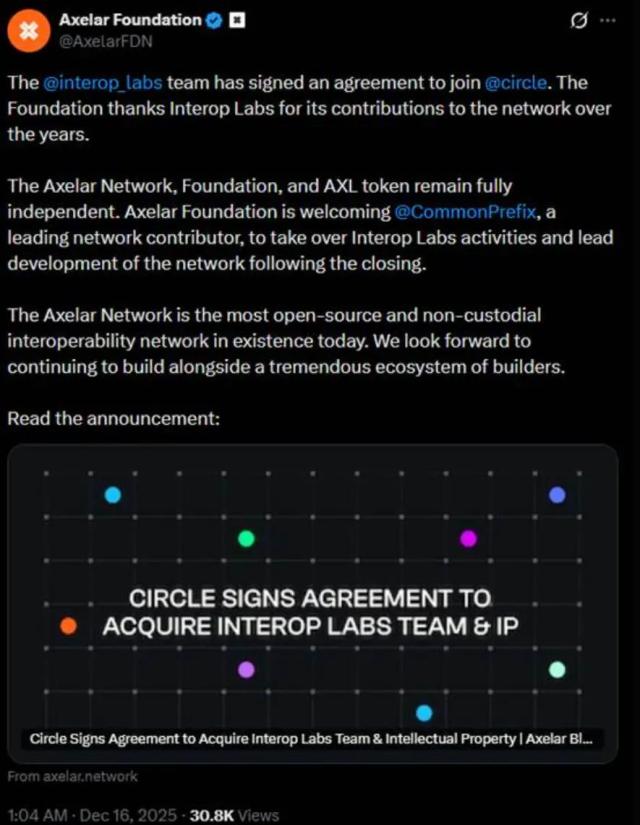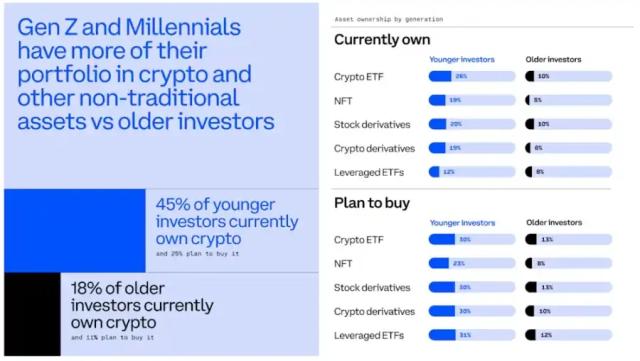- Original text: "Breaking Down Bittensor's Network Effects"
- Author: Seth Bloomberg (Messari Fellow)
- Compiled by: Zombit
Messari researcher Seth Bloomberg recently published an article on X, detailing the network effects of Bittensor and the bottlenecks it may face in future development.
The following is a compilation of the original text:
Since there has been a lot of talk about Bittensor recently, I wanted to share my thoughts and some concerns about it.
Thanks to Saypien (former Messari executive) for the extensive discussion on this topic, and to Sami Kassab (former Messari researcher) who I know will point out my mistakes here.
To be successful, a base layer network must build network effects so that it can attract and retain users and developers. For smart contract platforms like Ethereum, network effects come from on-chain liquidity and stable execution capabilities. For Bittensor, its current network effect comes from:
1) AI/ML developers who are familiar with mining on the network (i.e., developers who create AI models and services);
2) A deep and liquid TAO market that can absorb token selling pressure. Typically, less mature networks are more susceptible to token selling pressure.
Since (2) is generally applicable to most encrypted networks, I will focus mainly on (1). Specifically, the network effect or flywheel effect generated by (1) is as follows: New subnets benefit from experienced AI/ML Bittensor developers who continue to produce high-quality results → AI/ML engineers benefit from continuous The TAO token issuance. What can be expected is that the income from TAO tokens, coupled with Bittensor’s AI/ML talents, will continue to attract more subnet builders, thereby attracting more AI/ML talents, forming a cycle.
Whether you're short or long TAO, it's worth exploring how this network effect might break down. So, let's get started.
Scenario 1: TAO token income < operating expenses
AI/ML talents are attracted to the Internet because the TAO token income they receive exceeds their operating costs on Bittensor. The math is simple: no significant capital raising, customer acquisition, or revenue generation required. Just integrate the model into Bittensor's subnet and obtain TAO token issuance income. The assumption in this model is that your earnings (based on current or expected TAO value) should cover your dollar-denominated expenses. If this account does not hold true, then AI/ML talents will choose to leave Bittensor and look for other opportunities.
Scenario 2: Opportunity cost calculation
Imagine that you are a powerful AI/ML developer on Bittensor, or you are a small team of two or three AI/ML developers building projects on Bittensor. At some point, you have to ask yourself: "What is the opportunity cost of continuing to be a miner here?" Well, you know the upside benefit of staying with Bittensor comes only from TAO token issuance and TAO token price increases. With the benefits on this side, you also need to consider the other side: Will leaving Bittensor and creating a new protocol bring greater benefits? I know...this may sound "blasphemous" to some, but if you don't consider this, you are not responsible for yourself.
Bittensor has recognized the need to provide additional incentive benefits to the subnet and its miners. Dynamic TAO (in the next tweet I'll link to an article by Sami detailing dynamic TAO) seems to be the solution they agree on.
It is currently running on testnet, so it will most likely go live by the end of this year or early next year. Through dynamic TAO, each subnet will have a fund pool similar to Uniswap V2, which will pair and price the subnet tokens with TAO. The "dynamic" part of this upgrade is the new dynamic TAO token issuance model: the more TAO pledged in the capital pool, the more TAO tokens allocated to the subnet are issued, and the higher the subnet token price is. Sounds like a good deal. AI developers can obtain the appreciation of the subnet token while retaining the advantages in the Bittensor ecosystem (i.e., TAO token issuance).
However, pairing subnet tokens with TAO will set an "artificial upper limit" on the valuation of individual subnet tokens. Ethereum and its L2 or Helium and its subDAOs have similar token dynamics. This is where opportunity cost calculation comes into play. If you are one of these powerful AI/ML developers or subnet owners, why should you limit yourself in the above way? Why not just build your own protocol or network? I dare say there are some VCs out there who may be eager to fund you after seeing a bunch of mediocre AI and crypto projects, and the valuation may be higher than a strictly designed subnet. Or better yet, you accumulate a large amount of TAO during mining and calculate that you can self-fund your own protocol, attract some applications, users and revenue, and then consider external funding (which is rare these days ).
In my opinion, this is a long-term challenge that Bittensor needs to face - designing mechanisms, incentives and ecosystems to retain the best AI/ML talents.
I think a recent tweet by mrink0 (Delphi Digital researcher) also hints at this issue (if not, please forgive me for taking it out of context; please correct me if I am wrong). In my opinion, people like Nous (the open source AI research organization Nous Research) leaving Bittensor to build their own network shows that for some Bittensor developers, the incentive to stay at Bittensor is not currently high enough to compare with building and publishing on their own. own network.
Replenish:
mrink0 later pointed out in Seth Bloomberg's message area that he agreed with most of Seth Bloomberg's views and said that the key challenge will be whether Bittensor can attract a model that can solve problems that people are willing to pay for. Otherwise it's all just (ephemeral) token emissions.
In response, Seth Bloomberg gave the following reply:
Even if the model solves a problem that people are willing to pay for, miners don’t necessarily get any benefit from it. People will pay for applications or products that use these models, but there is no mechanism defined in the protocol for miners to share in these profits. The worst case scenario is that miners have increased demand (increased inference costs) but they are unable to generate any revenue from these applications or products. Bittensor miners' income cannot increase with the demand or revenue of the applications they serve.








